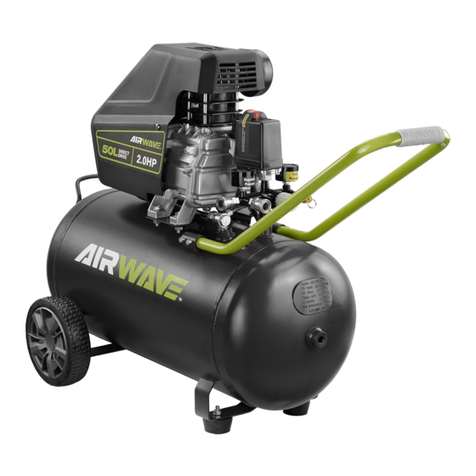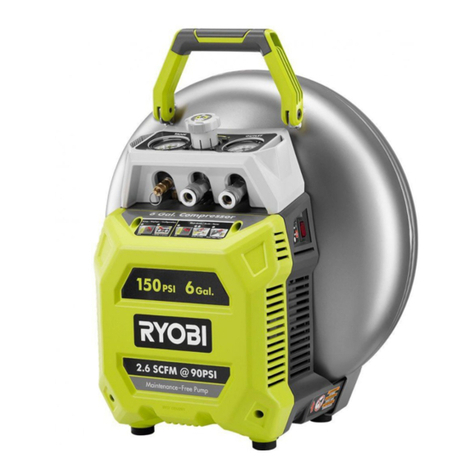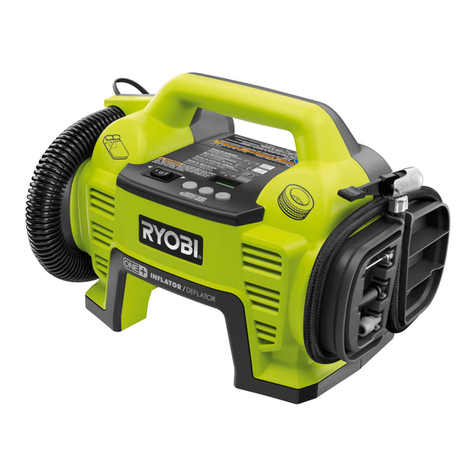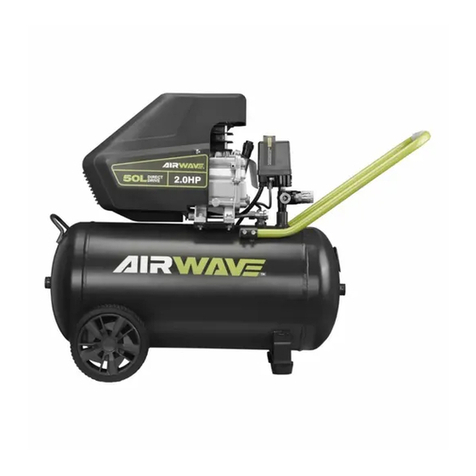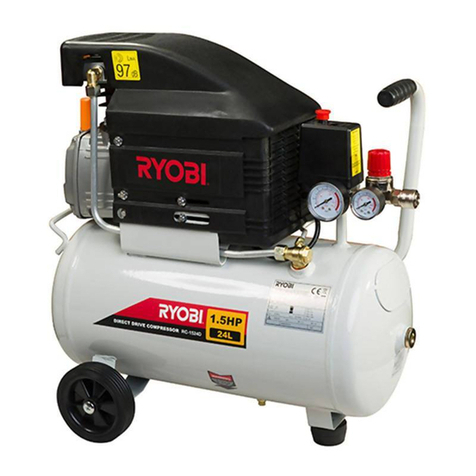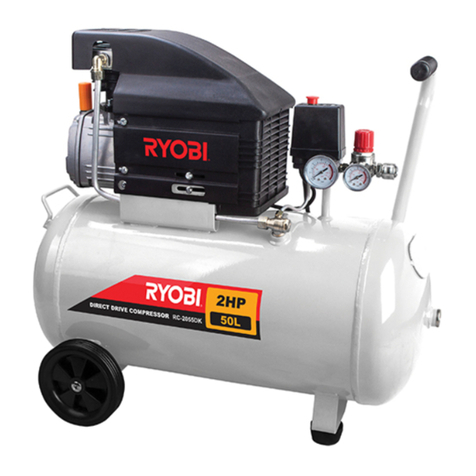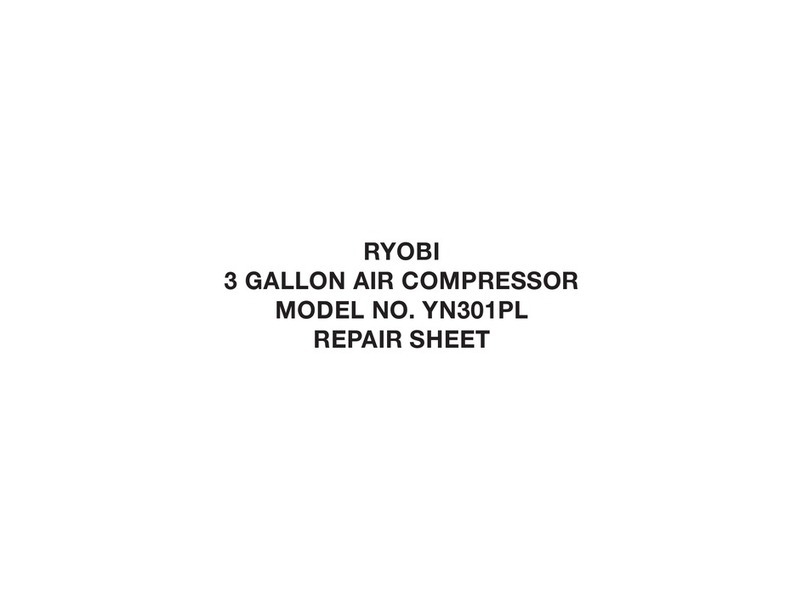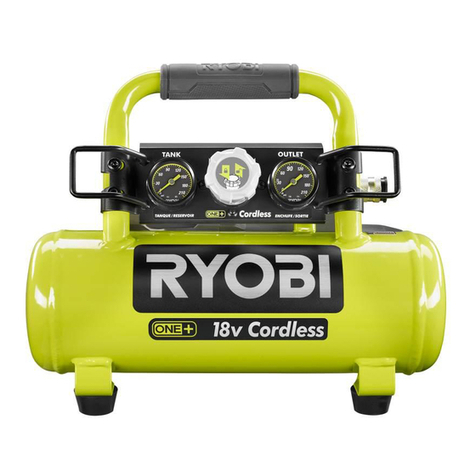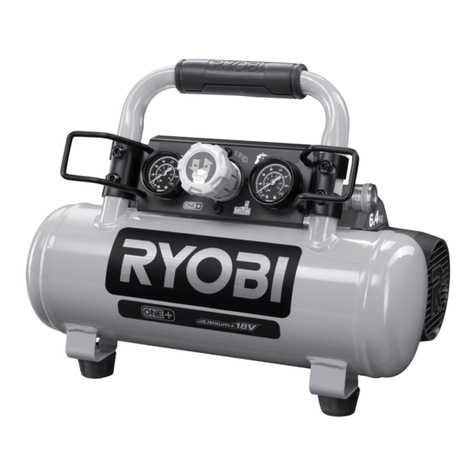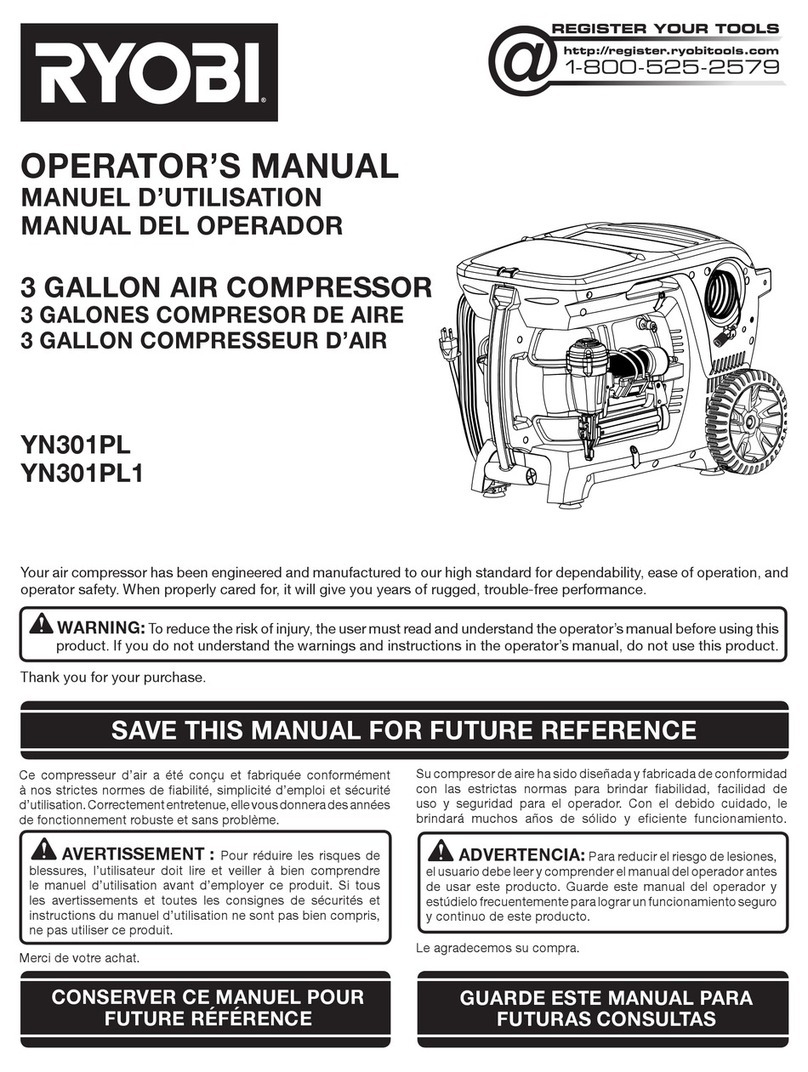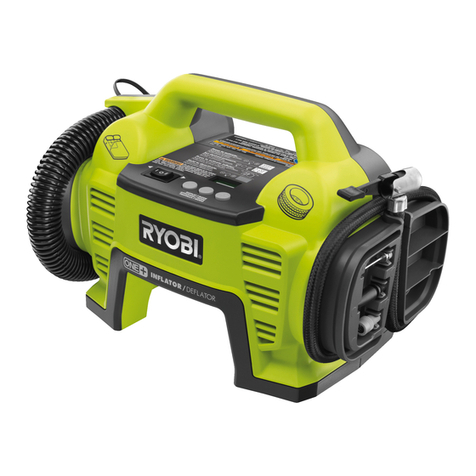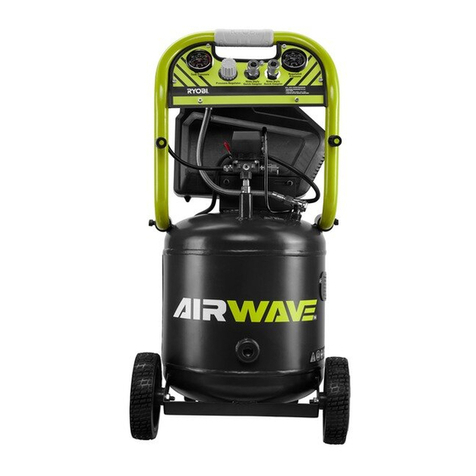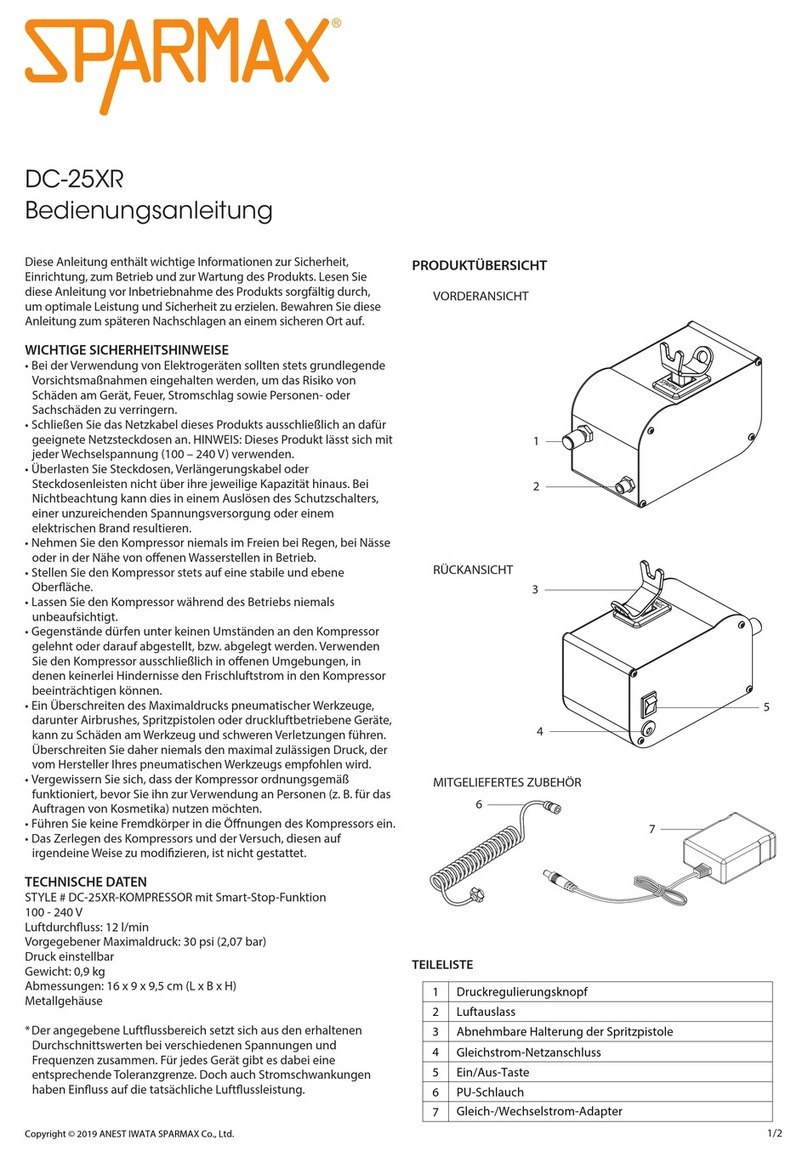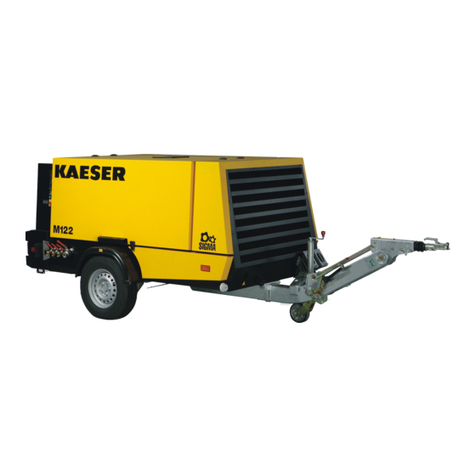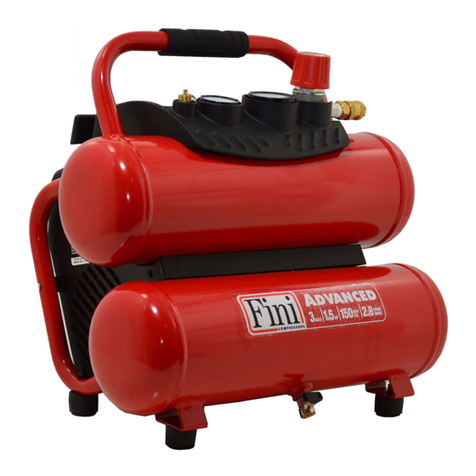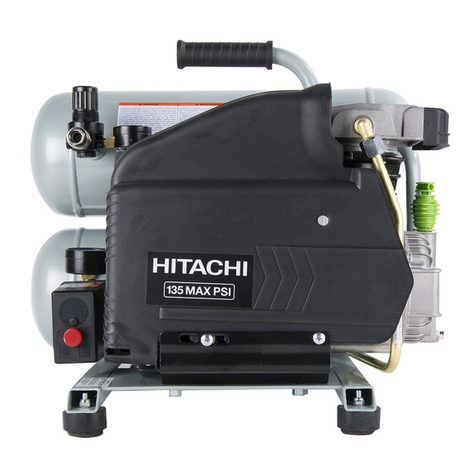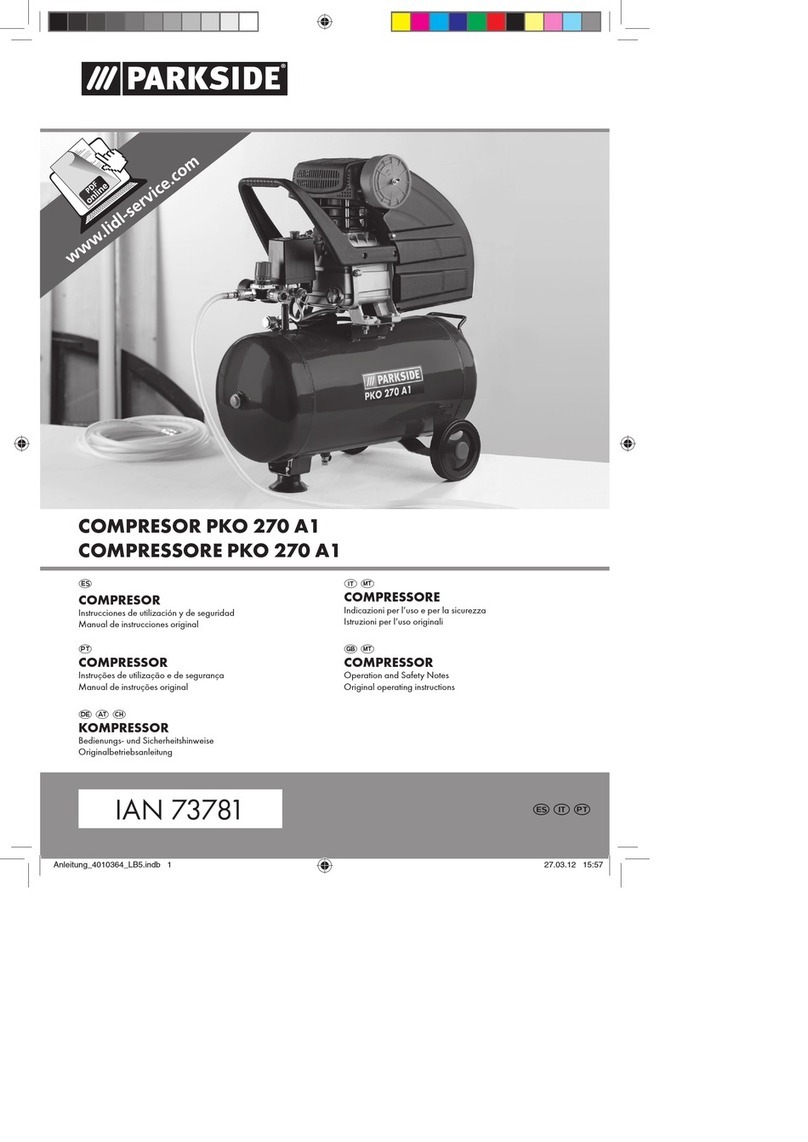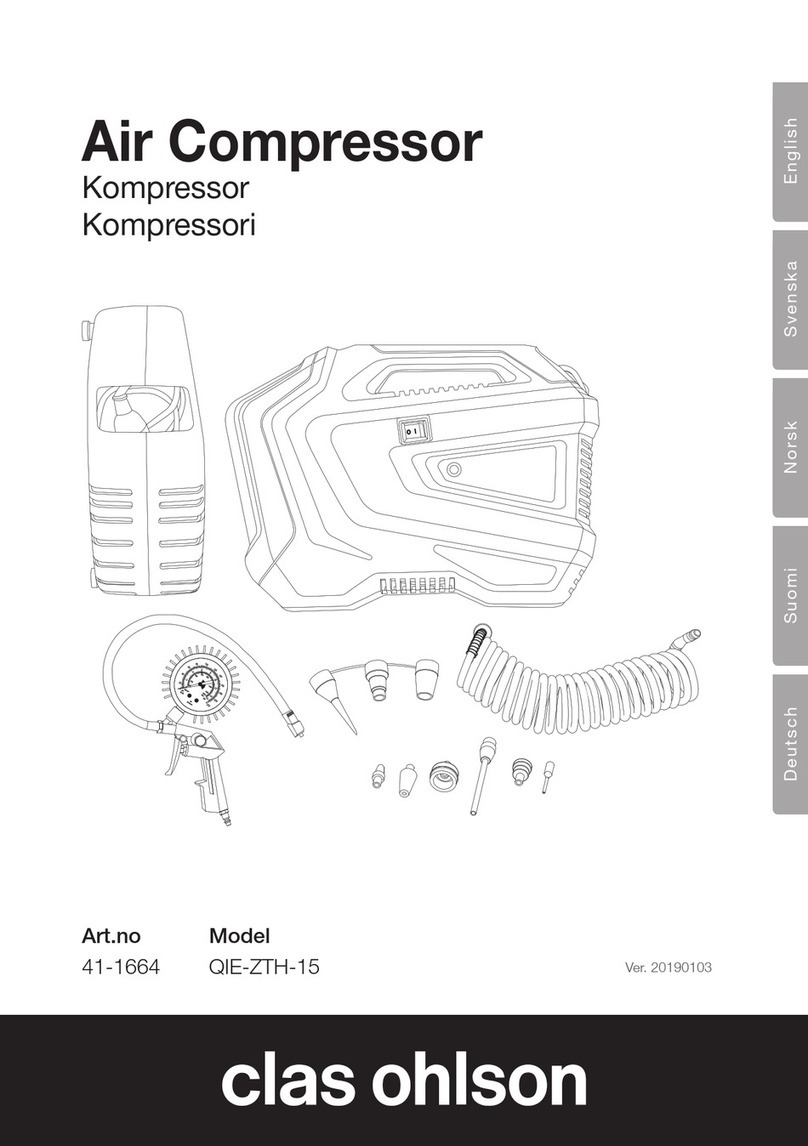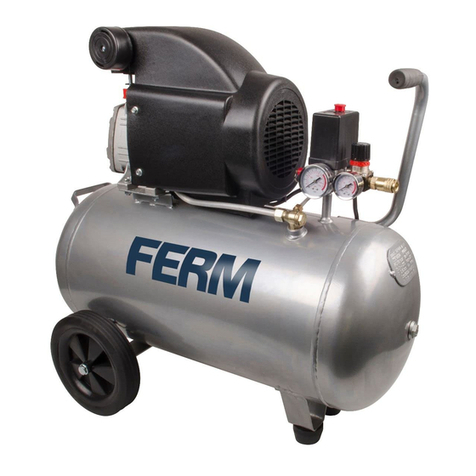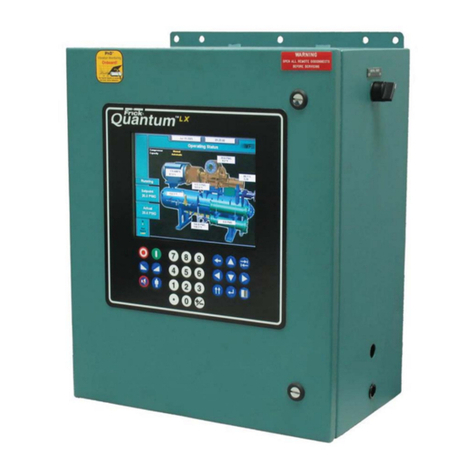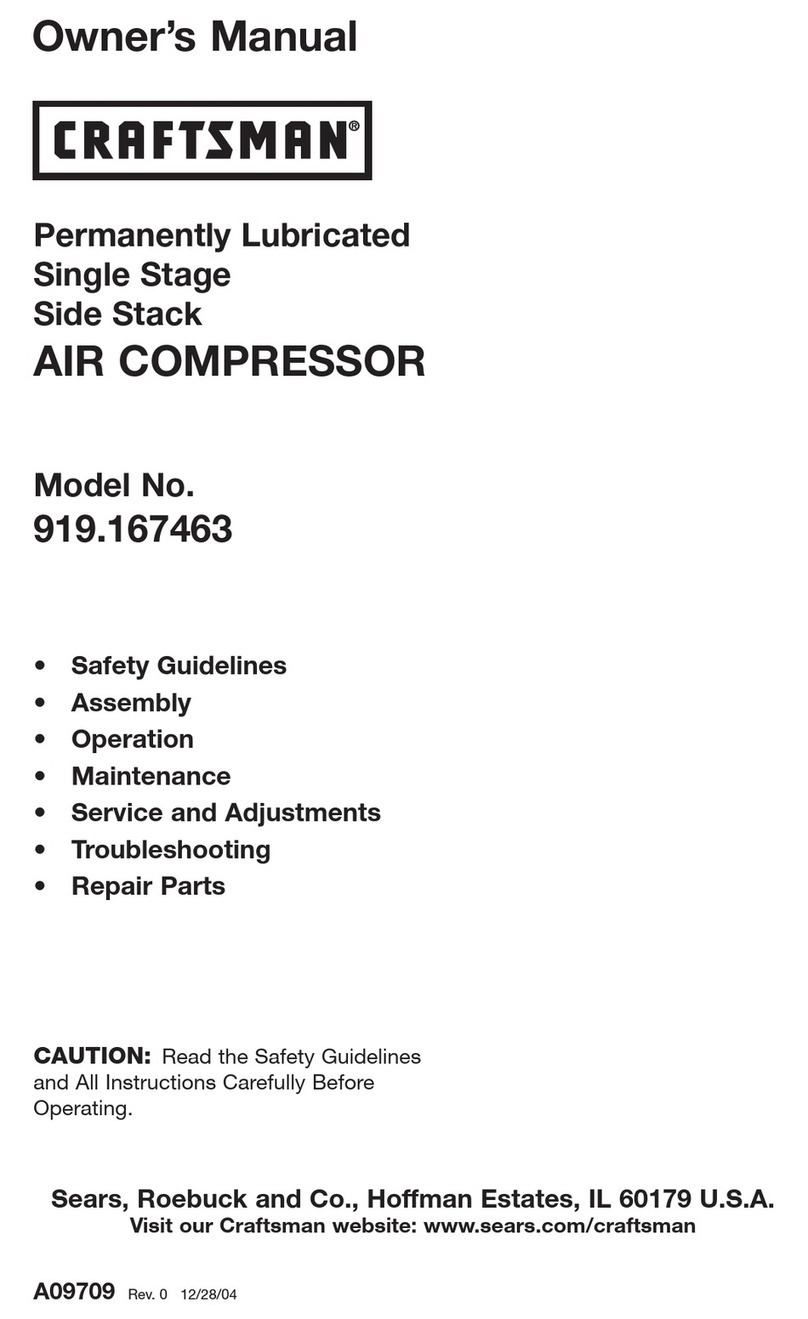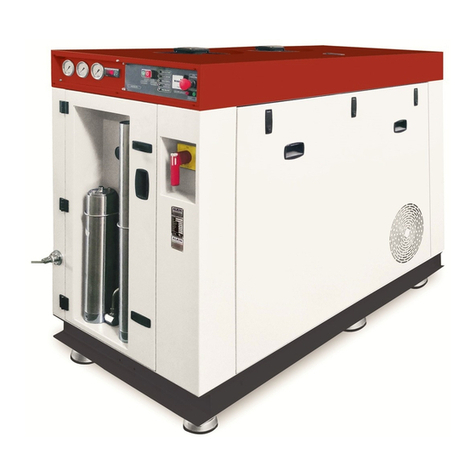4
IMPORTANT SAFETY INSTRUCTIONS
c) Keep bystanders, children, and visitors
away while operating an air compressor.
Distractions can cause you to lose control.
d) Operate air compressor in an open area at
least50cmawayfromanywallorobjectthat
could restrict the flow of fresh air to
ventilation openings.
2) ELECTRICAL SAFETY
a) Avoid body contact with grounded surfaces
such as pipes, radiators, ranges, and
refrigerators. There is an increased risk of
electric shock if your body is grounded.
b) Don’t expose air compressors to rain or wet
conditions. Water entering an air compressor
will increase the risk of electric shock.
c) Do not abuse the cord. Never use the cord
to carry the air compressor or pull the plug
from an outlet. Keep cord away from heat,
oil, sharp edges, or moving parts. Replace
damaged cords immediately. Damaged cords
increase the risk of electric shock.
d) When operating an air compressor outside,
use an outdoor extension cord marked
“W-A” or “W”. These cords are rated for
outdoor use and reduce the risk of electric
shock.
3) PERSONAL SAFETY
a) Eye protection which conforms to ANSI
specifications and provides protection
against flying particles both from the
FRONT and SIDE should ALWAYS be worn
by the operator and others in the work area
when loading, operating, or servicing this
product. Eye protection is required to guard
against flying fasteners and debris, which could
cause severe eye injury.
b) The employer and/or user must ensure that
proper eye protection is worn. We
recommend a Wide Vision Safety Mask for use
over eyeglasses or standard safety glasses
that provide protection against flying particles
both from the front and side. Always use eye
protection which is marked to comply with
ANSI Z87.1.
c) Additional safety protection will be required
in some environments. For example, the
working area may include exposure to a noise
level which can lead to hearing damage. The
employer and user must ensure that any
necessary hearing protection is provided and
used by the operator and others in the work
area. Some environments will require the use
of head protection equipment. When required,
the employer and user must ensure that head
protection marked to comply with ANSI Z89.1 is
used.
d) Stay alert, watch what you are doing, and
use common sense when operating the air
compressor. Do not use product while tired
or under the influence of drugs, alcohol, or
medication. A moment of inattention while
operating an air compressor may result in
serious personal injury.
e) Dress properly. Do not wear loose clothing
or jewellery. Contain long hair. Keep your
hair, clothing, and gloves away from moving
parts. Loose clothes, jewellery, or long hair can
be caught in moving parts.
f) Do not overreach. Keep proper footing and
balance at all times. Proper footing and
balance enables better control of the product in
unexpected situations.
g) Use safety equipment. Always wear eye
protection. Dust mask, nonskid safety shoes,
hard hat, or hearing protection must be used
for appropriate conditions.
h) Do not use on a ladder or unstable support.
Stable footing on a solid surface enables better
control of the air compressor in unexpected
situations.
4) AIR COMPRESSOR USE AND CARE
a) Do not exceed the pressure rating of any
component in the system.
b) Protect material lines and air lines from
damage or puncture. Keep hose and power
cord away from sharp objects, chemical spills,
oil, solvents, and wet floors.
c) Check hoses for weak or worn condition
before each use, making certain all
connections are secure. Do not use if defect
is found. Purchase a new hose or notify an
authorized service center for examination or
repair.
